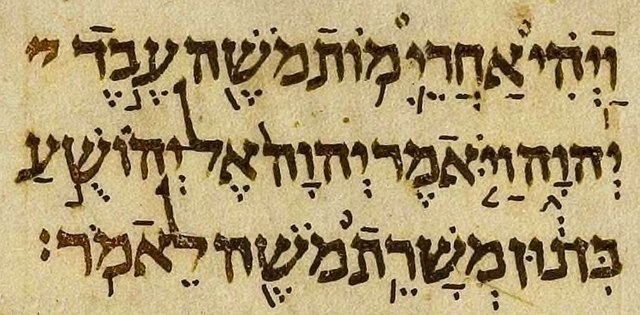The Siloam inscription or Shiloah inscription, known as KAI 189, is a Hebrew inscription found in the Siloam tunnel which brings water from the Gihon Spring to the Pool of Siloam, located in the City of David in East Jerusalem neighborhood of Silwan. The inscription records the construction of the tunnel, which has been dated to the 8th century BC on the basis of the writing style. It is the only known ancient inscription from ancient Israel and Judah which commemorates a public construction work, despite such inscriptions being commonplace in Egyptian and Mesopotamian archaeology.
Siloam inscription
The inscription and display case at the Istanbul Archaeology Museum, 2014.
A copy of the inscription, with English translation
Hebrew is a Northwest Semitic language within the Afroasiatic language family. A regional dialect of the Canaanite languages, it was natively spoken by the Israelites and remained in regular use as a first language until after 200 CE and as the liturgical language of Judaism and Samaritanism. The language was revived as a spoken language in the 19th century, and is the only successful large-scale example of linguistic revival. It is the only Canaanite language, as well as one of only two Northwest Semitic languages, with the other being Aramaic, still spoken today.
Portion of the Isaiah Scroll, a second-century BCE manuscript of the Biblical Book of Isaiah and one of the best-preserved of the Dead Sea Scrolls.
The word IVRIT ("Hebrew") written in modern Hebrew language (top) and in Paleo-Hebrew alphabet (bottom)
A silver matchbox holder with inscription in Hebrew
Aleppo Codex: 10th century Hebrew Bible with Masoretic pointing (Joshua 1:1).







